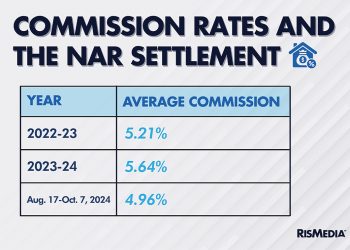Like many of you, I’ve been transfixed by the images created by the new James Webb Space Telescope. With every image I see, I’m blown away by the detail and scope achieved by the device. Sometimes it’s hard for me to believe they are real images and not just clever artistic fabrications.
My favorite image so far is the telescope’s “deep field” image, the first released to the public. In it, you can see a cluster of remote galaxies with remarkable clarity. This clarity is made even more evident when you compare the James Webb image with an image of the same piece of sky produced by the Hubble Space Telescope in 2017. Apart from the distinctive placement of some of the galactic light specks within the frame, there is little to suggest that both images share the same subject matter. If you’ve seen it, you know what I mean. The Hubble version, while still impressive, looks like a Polaroid print next to the crystal clarity of the James Webb image.
How could two space telescopes come up with such vastly different images of the same thing? I’m no astronomer, but one reason certainly has to do with their designs. For instance, the James Webb telescope has a light collecting area roughly six times the size as that of the Hubble, making it far more sensitive. It also observes a different frequency of light, meaning that it is collecting different data than have been gathered by the Hubble.
The mind-blowing differences we see in the two images are entirely due to the new telescope allowing us to look at space through a new lens.
It’s remarkable what a new lens can do for your perspective—even for something as terrestrial as your business. As team leaders, one of the greatest challenges we face is becoming too reliant on a single way of looking at things. Obviously, it’s beneficial to have a well-defined vision that drives your actions, but if that vision is never informed by new information or developments, it runs the risk of becoming obsolete. While still far from obsolete, the Hubble Space Telescope is over 30 years old now. And while the new James Webb scope is just in the early days of its mission, we can still imagine what scientific findings might have remained lost to us if we had decided that Hubble was the only space telescope we ever needed.
Many problems in real estate, from slowing lead generation to a perceived lack of inventory, have more to do with the lens through which we look at our challenges than they do with anything happening in the market. If your leads are drying up or you can’t find any inventory, it’s most likely not because everyone stopped buying and selling houses—but it might be because the methods you’re using are not as viable as they once were. How might you benefit, then, by adjusting your lens to be open to new or different prospecting strategies? It could mean the difference between blurry bright spots versus definable planets and stars.
Let your vision dictate the outcome, not the process. By allowing yourself to use new lenses to look at your business, who knows what wonderful discoveries you’ll make.
 Verl Workman is the founder and CEO of Workman Success Systems, a real estate consulting company that specializes in performance coaching and building highly effective teams. Get free access to some of the very same tools and resources he has used to create success in his clients’ businesses.
Verl Workman is the founder and CEO of Workman Success Systems, a real estate consulting company that specializes in performance coaching and building highly effective teams. Get free access to some of the very same tools and resources he has used to create success in his clients’ businesses.











